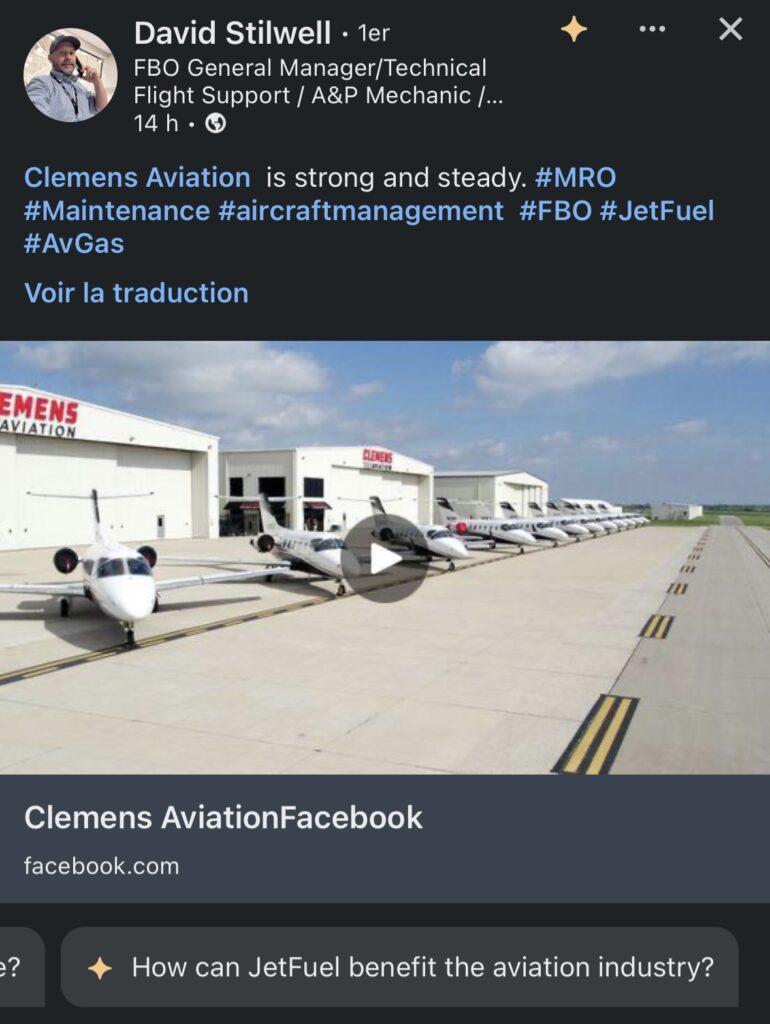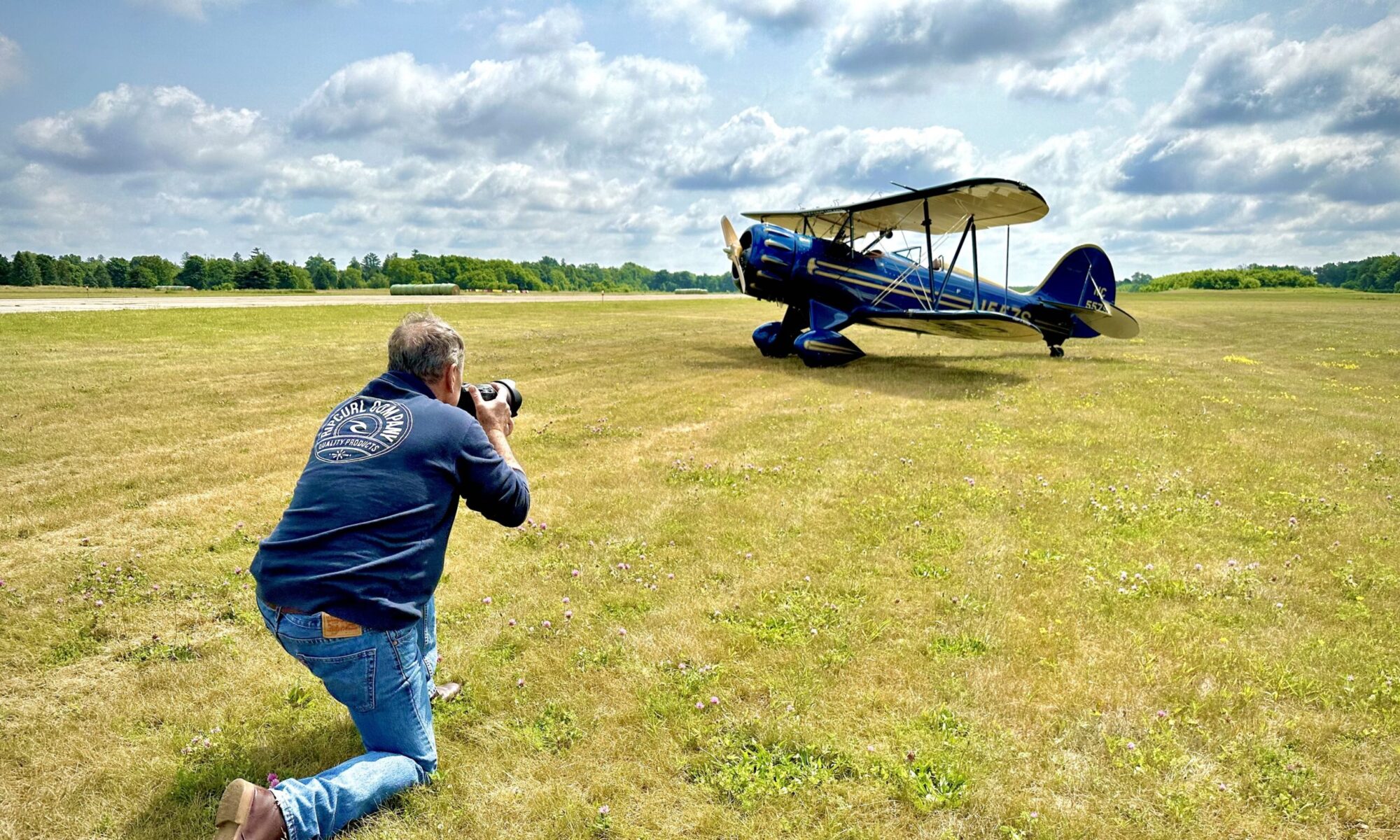Not sure if you’ve noticed, but LinkedIn recently launched a new feature on its feed, “AI-powered takeaways” accessible to subscribers to the LI Premium product.
If they’re honestly trying to get me to re-up Premium, this is not going to do it. Here’s why.
These AI-generated prompts key off of the text of certain LI posts, and posit “reasonable” questions to ask, presumably to further one’s knowledge of the subject at hand.
While a handful come off ok, it’s typically only when they address very broad topics, or very basic questions—certainly not the kinds of questions I would need any kind of background to figure out for myself.
And often I find them completely, well, inane.
For a Friday afternoon laugh, check these out from this week…








